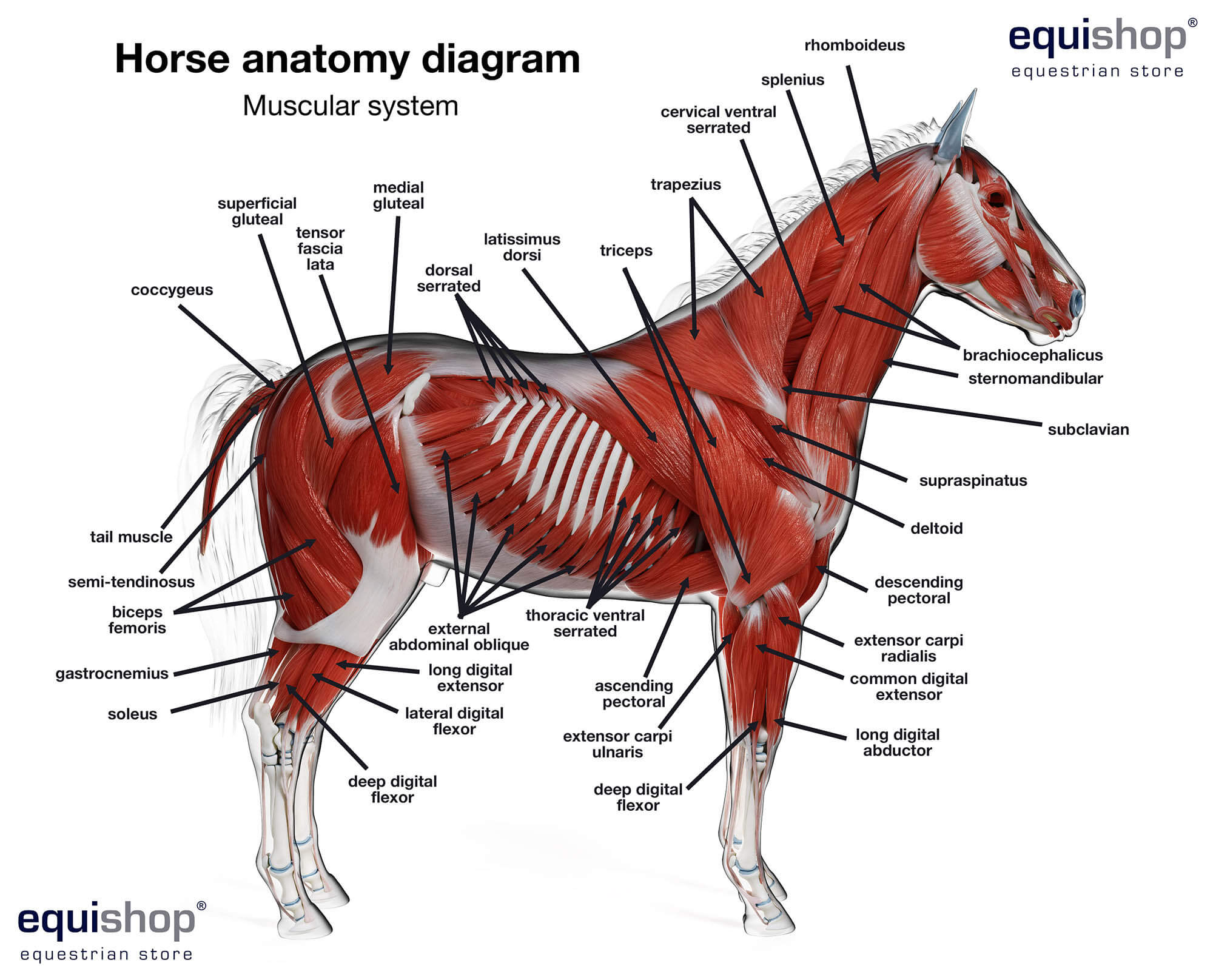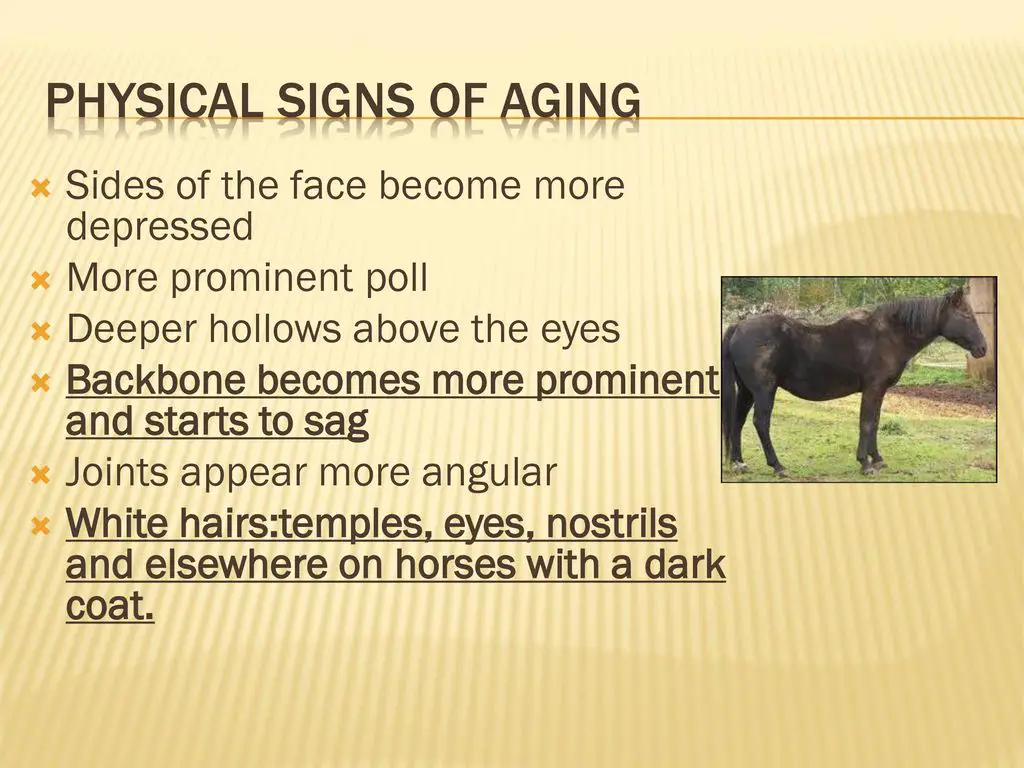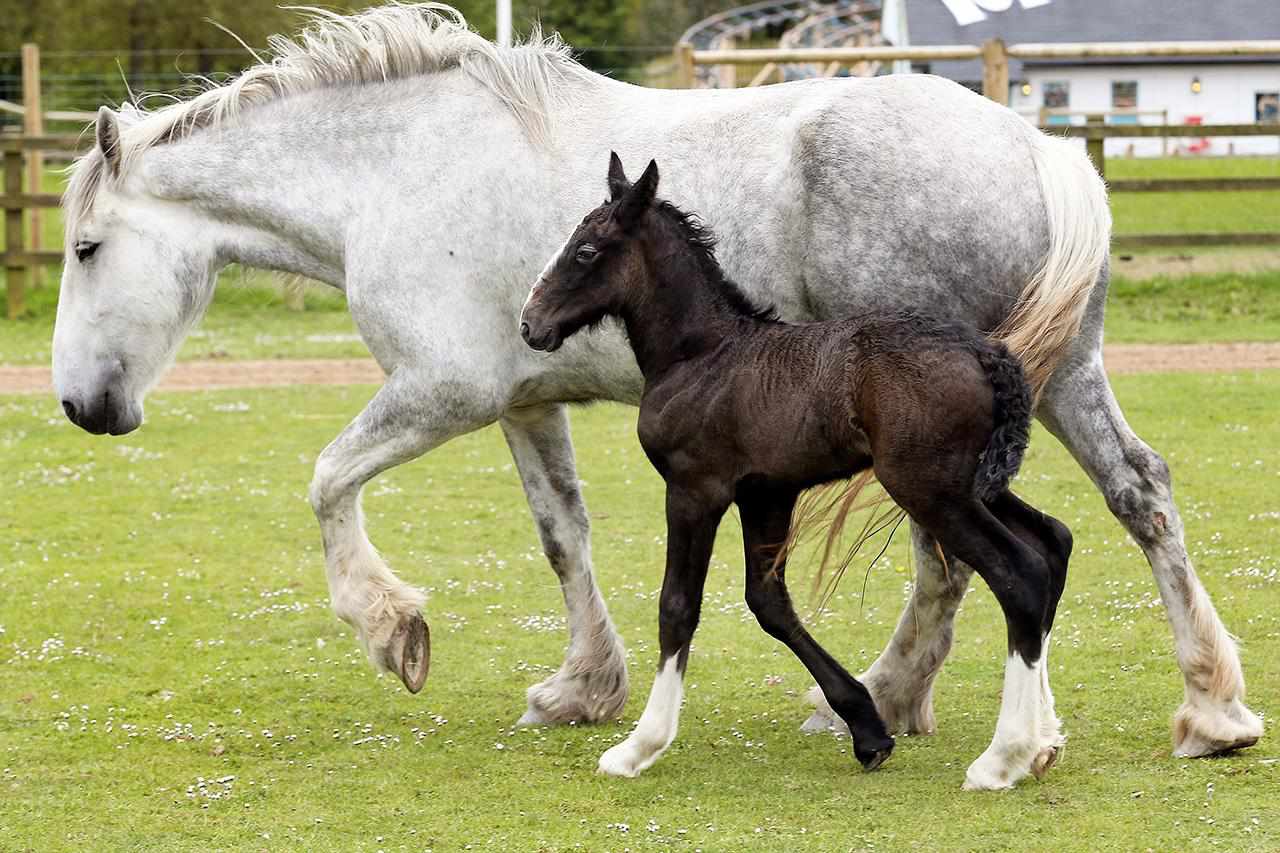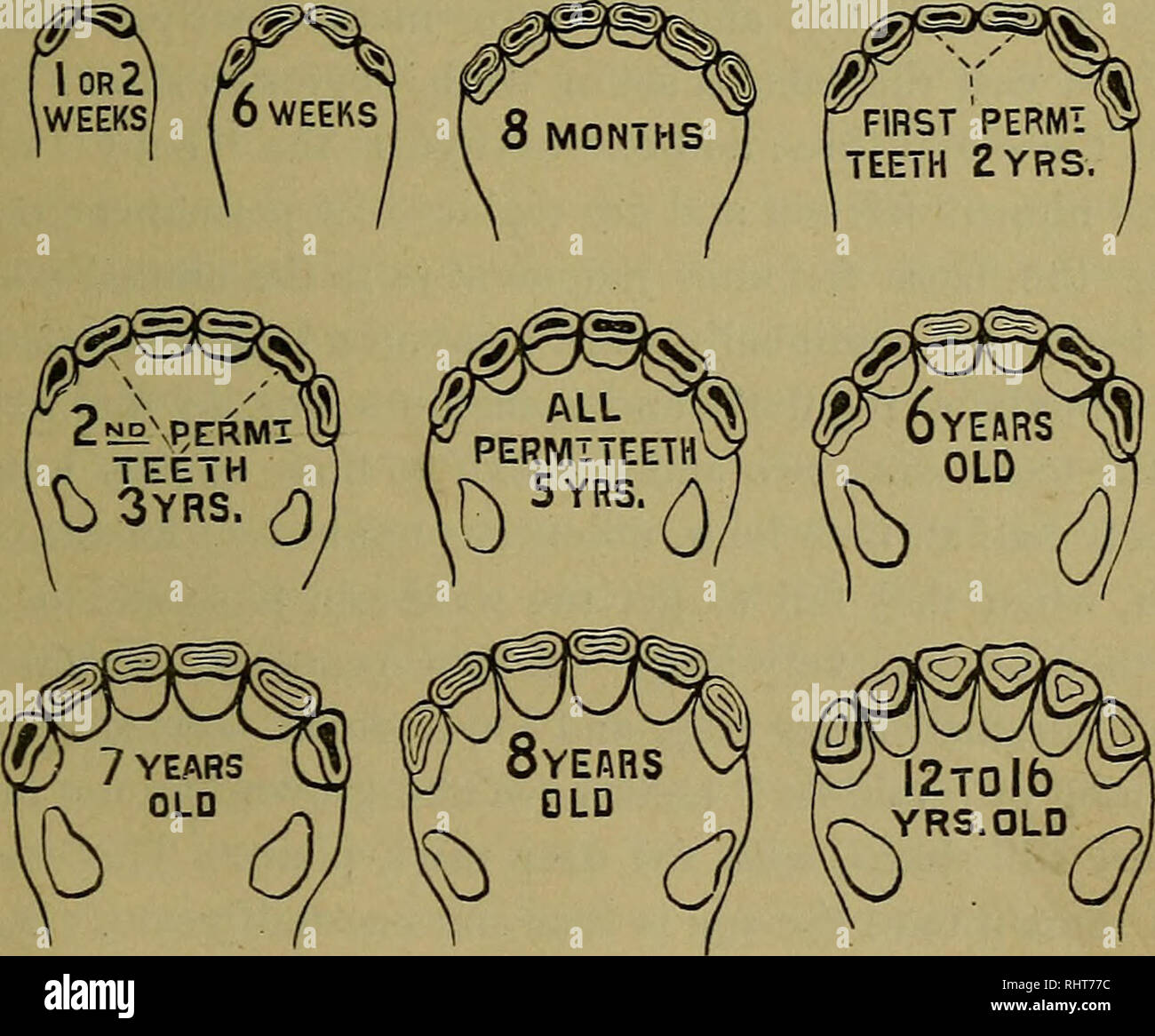The horse is a majestic and beloved animal that has been a faithful companion to humans for centuries. Its history and evolution have always been a subject of fascination, and one of the most intriguing questions about horses is their age. How old is the horse? In this article, we will explore the origins of the horse and delve into the timeline of its existence, shedding light on the age-old question of the horse’s age.
The Evolution of the Horse

To understand the age of the horse, we must first look back at its evolutionary journey. The story of the horse begins millions of years ago, with its earliest ancestors dating back to the Paleocene epoch. These ancient creatures, known as Eohippus or Hyracotherium, were small and bore little resemblance to the majestic creatures we know today. Over time, the horse evolved and adapted to its changing environment, gradually transforming into the magnificent equine species we recognize today.
The Domestication of Horses
The domestication of horses marked a significant turning point in their history. It is widely believed that the process of domestication began around 4000 BC in the Eurasian steppes. As humans formed closer bonds with horses, their roles expanded from being purely wild animals to becoming trusted companions for transportation, agriculture, and warfare. This pivotal moment in history solidified the horse’s place in human society and paved the way for their enduring partnership with humans.
The Age of Modern Horses
The modern horse, scientifically classified as Equus ferus caballus, has a history that spans thousands of years. From the ancient civilizations of Mesopotamia and Egypt to the medieval knights of Europe, horses have been an integral part of human civilization. The breeding and selective processes carried out by humans have contributed to the diverse array of horse breeds we see today, each with its unique characteristics and abilities.
The Age of Individual Horses

When it comes to the age of individual horses, it is essential to consider the various stages of their lives. A horse’s lifespan is typically measured in years, and their age can be determined by examining their teeth, physical condition, and behavior. Like humans, horses go through different life stages, from birth to old age, each with its specific characteristics and requirements.
Foals and Young Horses
A foal is a newborn horse, and during the first year of its life, it undergoes rapid growth and development. Young horses, often referred to as yearlings and two-year-olds, continue to mature physically and mentally. This period is crucial for their training and socialization, laying the foundation for their future roles and capabilities.
Prime Adulthood
In their prime adulthood, typically between the ages of four and fifteen, horses are at the peak of their physical strength and capabilities. They are often in their prime for work, whether it be in equestrian sports, agriculture, or leisure riding. This period is when horses are most valuable and productive, contributing significantly to various human activities.
The Senior Years
As horses age beyond fifteen years, they enter their senior years, where they may start to show signs of physical decline and require special care and attention. Despite this, many senior horses continue to lead fulfilling lives and can still participate in light activities. With proper care and attention, horses can live well into their twenties and even thirties, showcasing the resilience and longevity of these remarkable animals.
The Age of Horse Breeds

Horse breeds have played a crucial role in shaping the history and development of horses. Each breed has its unique characteristics, such as size, build, and temperament, which have been carefully cultivated over generations. The age of horse breeds can be traced back to their origins and the historical context in which they were developed.
Ancient Breeds
Some horse breeds have ancient origins that can be traced back thousands of years. Breeds such as the Arabian horse, known for its endurance and refinement, have a rich history steeped in tradition and culture. These ancient breeds have contributed to the genetic diversity of modern horses and continue to be valued for their distinct traits and abilities.
Modern Breeds
The development of modern horse breeds is a testament to human ingenuity and the desire to create horses tailored to specific roles and functions. From the powerful draft horses used for heavy labor to the elegant and agile Thoroughbreds bred for racing, modern breeds encompass a wide range of abilities and characteristics. The selective breeding and refinement of these breeds have resulted in the diverse equine population we see today.
The Future of Horse Breeds
As we look to the future, the age of horse breeds continues to evolve. With advancements in technology and a deeper understanding of equine genetics, there is potential for the creation of new breeds or the revitalization of rare and endangered breeds. The preservation and responsible breeding of horse breeds are essential for maintaining the genetic diversity and cultural heritage of these magnificent animals.
The Ageless Bond Between Humans and Horses

Throughout history, the relationship between humans and horses has transcended time and continues to thrive in the modern world. The bond between humans and horses is a testament to the enduring agelessness of their partnership, rooted in mutual respect, trust, and companionship.
Equestrian Sports and Recreation
Equestrian sports and recreational activities have served as a testament to the ageless bond between humans and horses. From the thrill of horse racing to the precision and grace of dressage, equestrian sports showcase the harmonious partnership between humans and horses. Additionally, leisure riding and equine-assisted therapies provide opportunities for individuals to connect with horses on a personal level, fostering a deep sense of companionship and understanding.
Horse Welfare and Advocacy
As the age-old bond between humans and horses persists, so does the responsibility to ensure the welfare and well-being of these remarkable animals. Advocacy for horse welfare, rescue, and rehabilitation efforts are essential in safeguarding the future of horses and maintaining the integrity of their ageless partnership with humans. Through education and advocacy, we can ensure that horses continue to be valued and cherished for generations to come.
Curious about the age of horses? Explore our articles on race horse ages, horse lifespan, and senior horse age for a deeper understanding of these magnificent animals!
Conclusion

In conclusion, the age of the horse is a multifaceted and enduring concept that encompasses the evolutionary journey of the species, the lifespan of individual horses, the development of horse breeds, and the timeless bond between humans and horses. As we reflect on the age of the horse, we gain a deeper appreciation for their rich history, resilience, and unwavering companionship. Whether it is the ancient origins of horse breeds or the ageless bond between humans and horses, the age of the horse is a testament to their enduring significance in the tapestry of human history.



